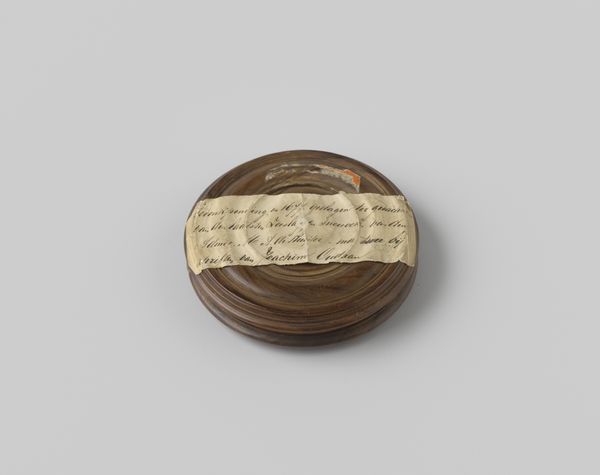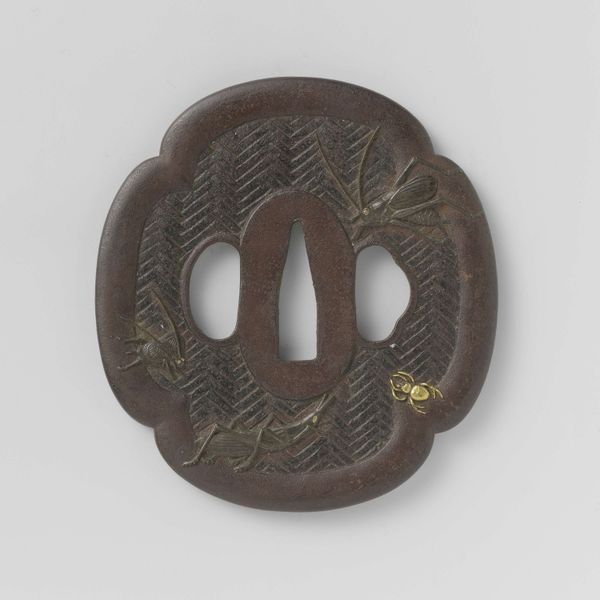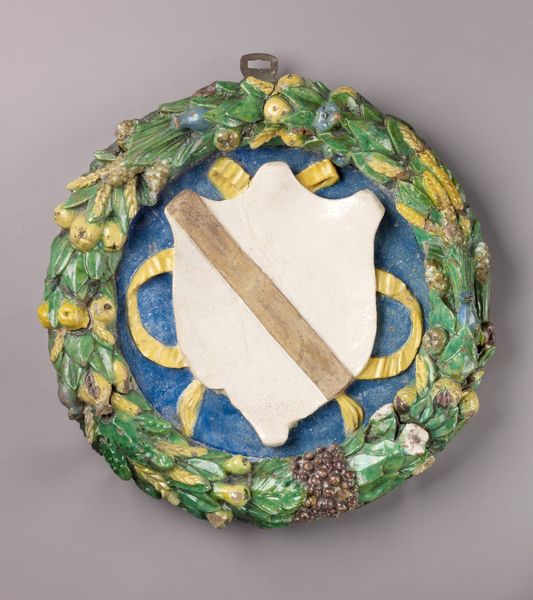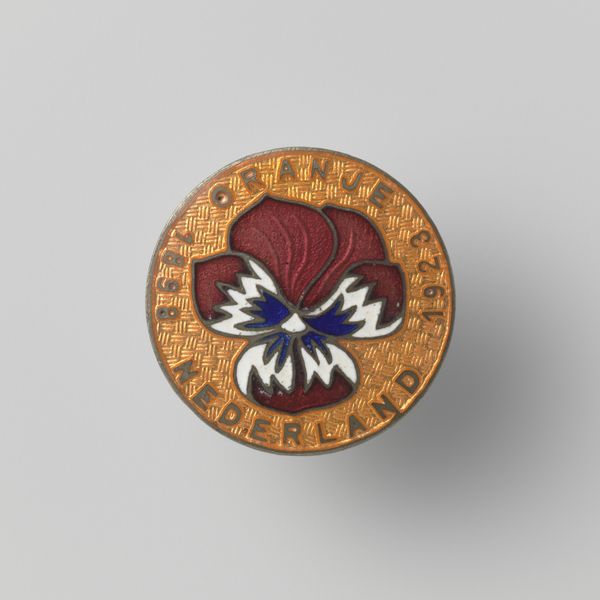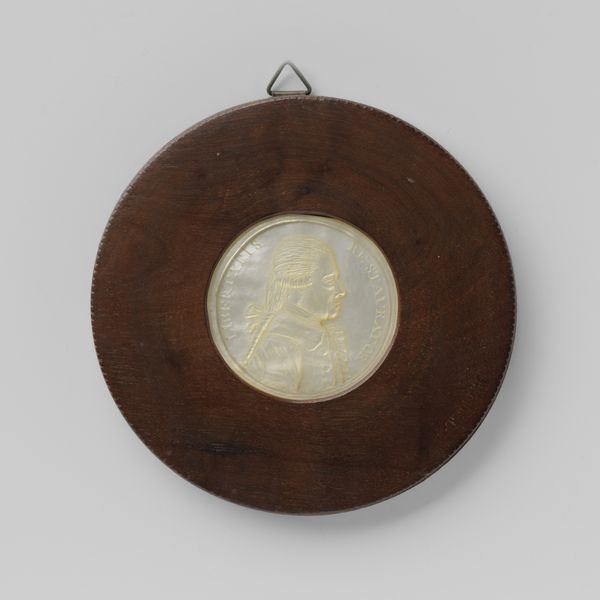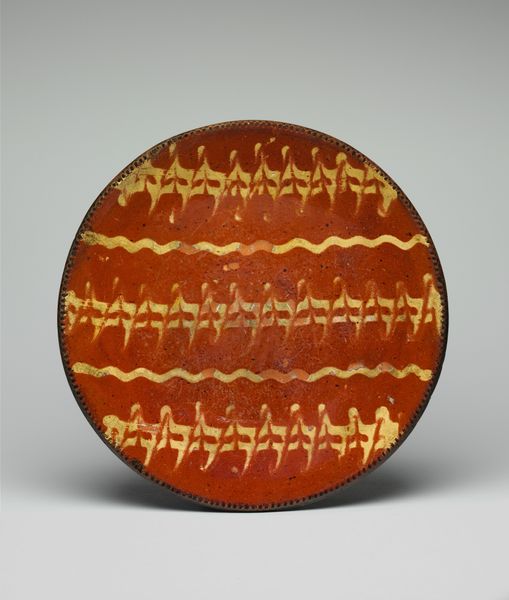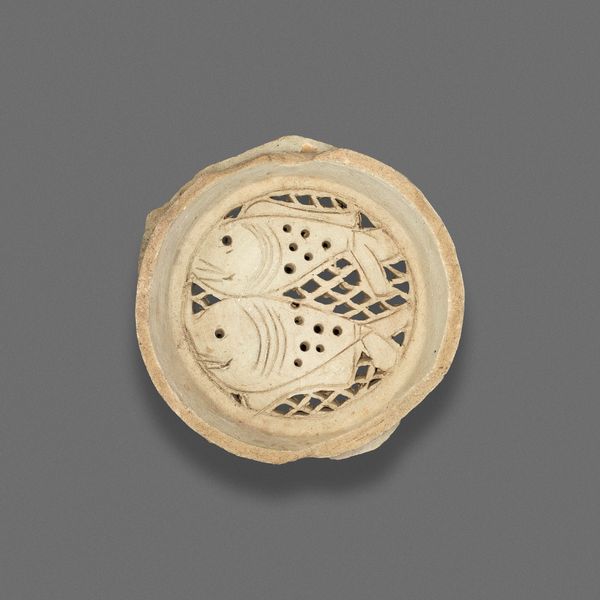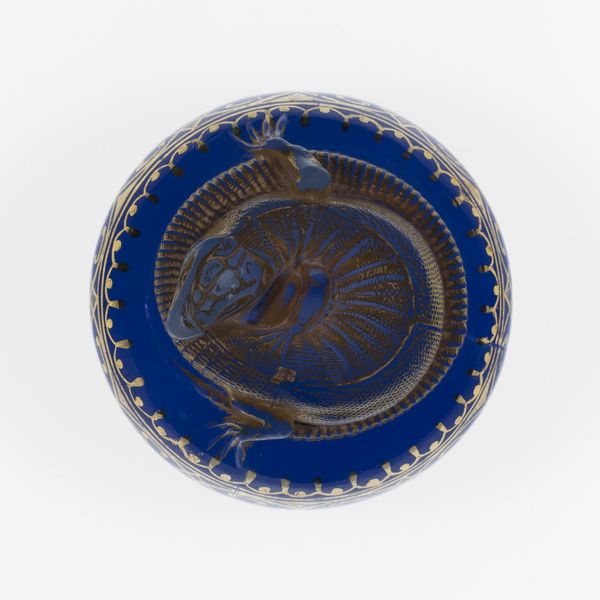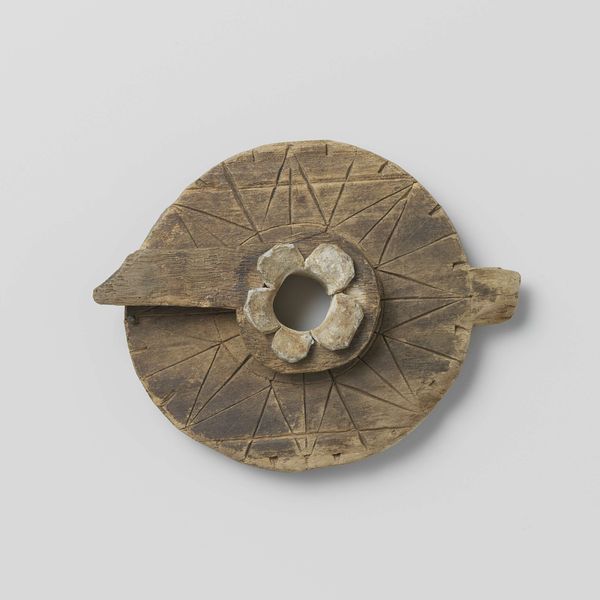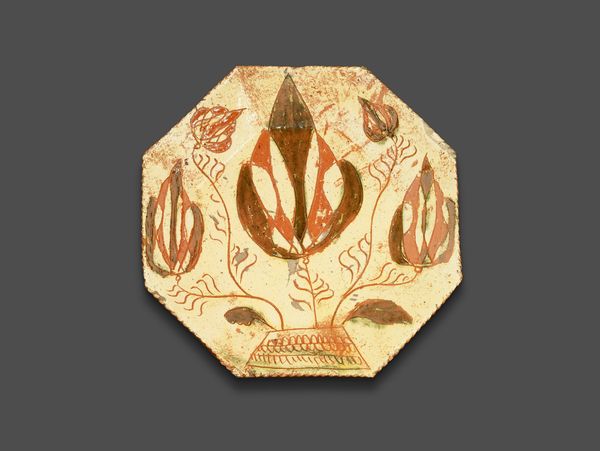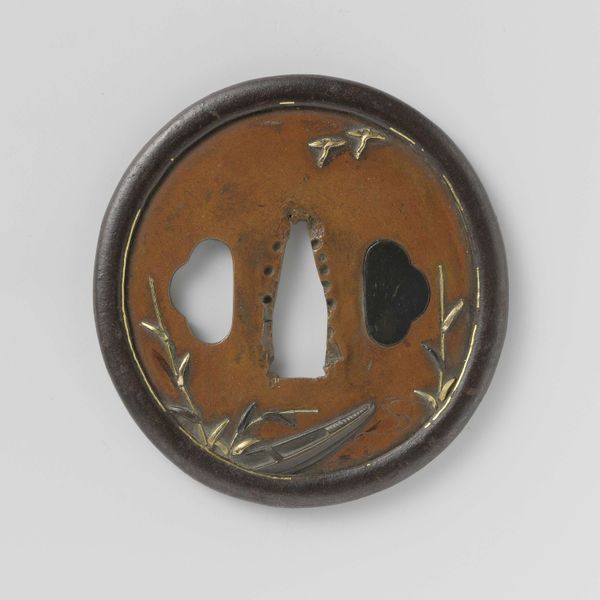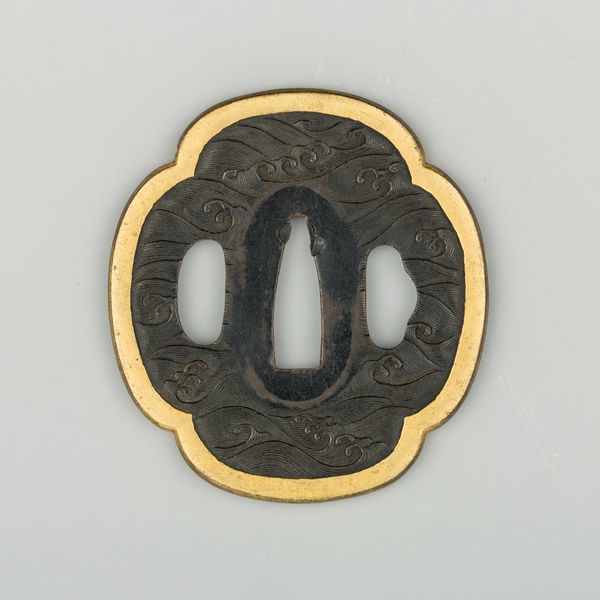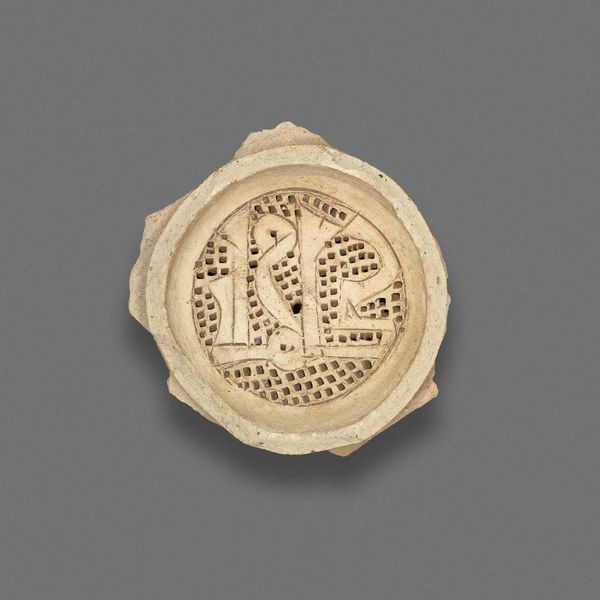
fibre-art, textile
#
fibre-art
#
textile
#
decorative-art
#
indigenous-americas
Dimensions: 1 3/4 × 2 15/16 × 2 15/16 in. (4.45 × 7.46 × 7.46 cm)
Copyright: No Known Copyright
Editor: We’re looking at a covered quillwork birchbark box, likely from the 20th century, created by an Anishinaabe artist. It's currently housed at the Minneapolis Institute of Art. The materials – birchbark, fibre, textile, wood, it’s all very earthy, yet refined by the geometric pattern and use of coloured quills. What historical narratives are embedded in an object like this? Curator: The Anishinaabe are known for their intricate birchbark containers adorned with quillwork, and this piece reflects their deep connection to the natural world and their refined artistic traditions. Considering the context of the 20th century, this wasn't just a functional object. It represents a continuation of cultural practices amidst significant social and political changes impacting Indigenous communities. What do you make of the floral motif? Editor: Well, it’s pretty stylized, not photorealistic. Is that significant? Curator: Absolutely. These motifs often held symbolic meanings within the community, representing clan affiliations, medicinal plants, or stories passed down through generations. Think about how these visual vocabularies function: are they resistance to dominant culture, assertions of sovereignty, or complex negotiations of cultural identity in a changing world? Who do you think would purchase a box like this in the 20th century? Editor: Probably tourists or collectors? I guess, either way, it raises the question of how Indigenous art is consumed and understood outside of its original cultural context. Is its role in perpetuating traditions for younger artists perhaps just as significant? Curator: Precisely. It becomes part of a visual dialogue – a push and pull between cultural preservation and adaptation. Understanding the art market and its role in shaping the production and reception of Indigenous art adds layers to our understanding. Editor: It definitely changes how I see the box; it's not just a pretty object. It is loaded with social, cultural and historical meaning. Thanks for sharing your expertise! Curator: My pleasure! Hopefully it encouraged you to always consider what the public role of this piece may become!
Comments
minneapolisinstituteofart about 2 years ago
⋮
The Anishinaabe woman artist who created this intricately adorned and finely woven basket utilized locally harvested porcupine quills, birchbark, and sweetgrass. Artists often incorporated abstraction into their work, layering quills in complex patterns and forms that reveal both technical mastery and artistic ingenuity. For more than two hundred years, Anishinaabe women sold many of their birchbark containers and baskets to non-Native people to sustain their families during a time of major cultural disruption, including forced assimilation and removal onto governmental and religious controlled reservations. Quillboxes exemplify the power of Anishinaabe women to create a new and unique artform that expresses cultural and individual resiliency and creativity. Artist Mary Giles, who gave her collection of quillwork boxes made by Anishinaabe women to Mia in 2019, was a basket maker herself. She recognized the importance of this artform and admired the meticulous craftsmanship required to create these works. She displayed nearly a hundred quillwork and birchbark boxes in her Stillwater, MN home, collected over decades through her travels across the Upper Midwest.
Join the conversation
Join millions of artists and users on Artera today and experience the ultimate creative platform.

